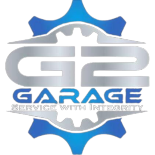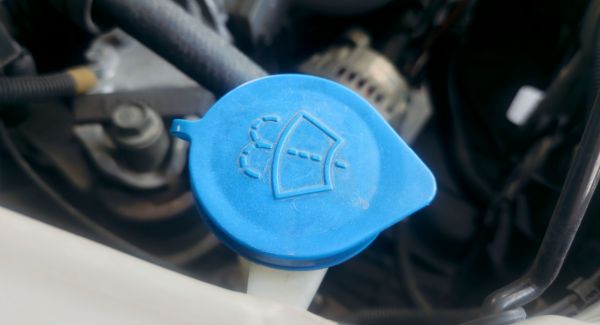Clear visibility is one of the most important factors in safe driving, and your windshield wiper fluid plays a big role. Dust, mud, pollen, road salt, and insects can quickly build up on your windshield, making it difficult to see the road. At G2 Garage, we want to help our community stay safe by understanding how to check windshield washer fluid and recognize when it needs attention.
Why Checking Wiper Fluid Matters
Windshield washer fluid helps you maintain clear visibility in all conditions. Without enough fluid, your wipers can smear dirt across the glass, making driving dangerous. Regularly checking your fluid level ensures you’re prepared for changing weather, road grime, and long-distance travel.
Step 1: Park and Pop the Hood
Start by parking your vehicle on a level surface and turning off the engine. Pull the hood release lever inside the cabin, then secure the hood with the prop rod if needed.
Step 2: Locate the Windshield Washer Fluid Reservoir
Look for a translucent plastic reservoir with a cap marked by a windshield/water symbol. In most vehicles, it’s located near the front of the engine bay, but the exact placement can vary. If you’re unsure, your owner’s manual can help, or you can contact G2 Garage for assistance.
Step 3: Check the Fluid Level
Some reservoirs are transparent and marked with “Full” and “Low” lines, making it easy to check the level without opening the cap. If the container isn’t see-through, remove the cap and look inside to gauge how much fluid remains.
- If the level is near the top: You’re in good shape.
- If it’s halfway or less: Consider topping it off.
- If it’s nearly empty: Refill it as soon as possible.
Step 4: Inspect for Leaks or Issues
While checking the level, take a moment to examine the area around the reservoir. Look for wet spots, cracks, loose hoses, or drips underneath the vehicle. A leak can prevent your washer system from working properly and may require attention from our professional technicians.
Step 5: Refill the Fluid
Use windshield washer fluid, not plain water, especially in cold climates where freezing is a concern. Remove the cap and pour the fluid in slowly until it reaches the fill line. Secure the cap when finished.
For seasonal use, look for formulas designed to handle bugs, ice, or road salt.
Step 6: Test the System
Get into your vehicle and activate the windshield washer function. Listen for the pump and check that fluid sprays evenly onto the glass. The wipers should clear the windshield without streaking or skipping.
If the spray is weak, uneven, or not working at all, it may indicate a clogged nozzle, low pressure, or another issue that our shop can diagnose.
When to Schedule Service at G2 Garage
If you refill your wiper fluid frequently, notice leaks, or your washer pump isn’t working, bring your vehicle to our shop in White Settlement, TX. A quick inspection can resolve minor issues before they become bigger problems.
Stay Safe with Simple Maintenance
Checking your windshield washer fluid only takes a couple of minutes, but it has a big impact on visibility and safety. With regular inspections and the right products, you can keep your windshield clear in any driving condition. If you ever need help or notice something unusual, our team is here to assist with inspections, fluid top-offs, and professional auto repair services. G2 Garage

